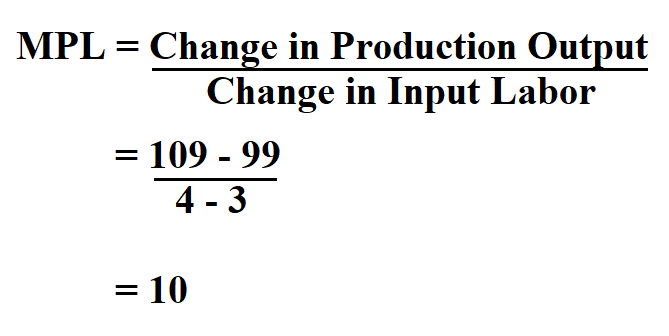What is Marginal Product of Labor?
In this article, we will define and discuss how to calculate marginal product of labor. In economics, the marginal product of labor (MPL) is the change in output that results from employing an added unit of labor.
A good example of the marginal product of labor is a kitchen in a restaurant. With no cooks, the restaurant’s production will be 0. When one cook is hired, the restaurant’s production may increase to 15 meals, yielding a positive MPL of 15.
The marginal product of labor is important because it’s a key variable in the calculation of the marginal revenue product of labor, which is the change in total revenue, rather than just total output ,when one additional employee is hired and all other factors remain constant.
Monitoring this number can help a company identify a phenomenon known as the law of diminishing marginal returns. The law of diminishing marginal productivity, also known as the law of diminishing marginal returns, is an economic principle that states that increases on the input side of production will result in marginal increases in productivity. However, productivity will decrease with each additional input until actually resulting in negative productivity returns.
Benefits of Marginal Product of Labor.
- MPL helps facilitate decision-making processes. That is, it aids the management when deciding whether the firm should engage new hires or if employing additional employees is cost worthy.
- It enables companies to identify production improvement opportunities.
- Allows companies to determine marginal revenue product of labor.
- MPL facilitates effective resource allocations.
Formula to Calculate Marginal Product of Labor.

Example:
Company Beta has 3 workers currently and the units produced by them is 99. The HR department decides to add another worker and it was noticed that the units produced went up to 109. Calculate the company’s marginal product of labor.

Therefore, the company’s marginal product of labor is 10.

